Study Smarter: Discover Your Learning Style and Build Habits for Lasting Success
Have you ever noticed how some topics just click with you, while others seem harder to understand, no matter how much you try? This often comes down to your learning style—the way your brain naturally takes in and processes information.
Personalized learning, or adapting study methods to match individual learning preferences, is becoming increasingly important in modern education. This approach acknowledges that everyone learns differently, so there’s no one-size-fits-all solution.
Some learners absorb information best through visuals, others through listening, reading/writing, or hands-on experiences. These preferences are described in the VARK model, which identifies four main learning styles: visual, auditory, reading/writing, and kinesthetic. Knowing your dominant style (or combination of styles) can help you study smarter, not harder.
In this article, we’ll explore these four main learning styles and the study techniques that work best for each. We will also share study habits that can help hands-on learners improve significantly over time. By the end, you’ll have practical tips to build a study routine that helps you learn more effectively.
🧠 Understanding Learning Styles: The VARK Model
One of the most effective ways to improve your study habits is to understand how you naturally learn best. The VARK model, developed by Neil Fleming and Colleen Mills in 1992, breaks down learning preferences into four sensory-based categories: Visual, Auditory, Read/Write, and Kinesthetic. Each of these learning styles reflects how people prefer to receive and process information.
While many people show a preference for one dominant style, others are multimodal, meaning they learn effectively through a combination of styles. Understanding your learning style can help you choose the right study methods and reduce the frustration of “studying hard” but not retaining much.
Let’s break down each learning style and what makes it unique.
🎨 Visual Learners (V)
How They Learn Best
Visual learners prefer to see information in the form of charts, diagrams, flowcharts, mind maps, and symbolic representations. They process ideas better through structure and design rather than plain text or spoken words.
✅ Note: Visual aids primarily consist of symbolic tools such as whiteboard diagrams, color-coded notes, and graphic organizers. In contrast, photos or videos of real objects are more aligned with Kinesthetic learners.
Common Traits
• Strong visual memory
• Good at spelling
• Easily notices details and patterns
• Likes organization and visual planning
• Often doodles or uses color-coding
Study Tips
• Use mind maps, concept charts, or flow diagrams to connect ideas.
• Watch animated explainer videos with diagrams.
• Highlight or underline with different colors to categorize concepts.
• Visualize what you read by drawing it.
🔊 Auditory (Aural) Learners (A)
How They Learn Best
Auditory learners prefer to learn through listening and speaking. They retain information better when it’s explained verbally, whether through lectures, group discussions, or audio content.
Common Traits
• Talk to themselves or others to understand
• Easily distracted by noise
• Enjoys music, lectures, and discussions
• Good verbal memory
• Repeats things aloud to retain them
Study Tips
• Use podcasts, lecture recordings, or apps that read text aloud.
• Discuss topics with friends or study groups.
• Explain what you've learned out loud—even to yourself.
• Record your notes and listen to them during review time.
📚 Reading/Writing Learners (R)
How They Learn Best
Reading/writing learners are comfortable with text-based input and output. They prefer traditional study methods like note-taking, reading textbooks, and writing essays or summaries.
Common Traits
• Loves reading and writing
• Often uses lists and written schedules
• Strong grammar and vocabulary
• Prefers written instructions to verbal ones
• Tends to keep diaries or journals
Study Tips
• Take detailed, structured notes and review them regularly.
• Convert diagrams into written explanations.
• Rewrite important concepts in your own words.
• Use textbooks, blogs, and articles as study material.
🧩 Kinesthetic Learners (K)
How They Learn Best
Kinesthetic learners grasp concepts best when they physically interact with the learning material through movement, touch, experiments, or real-world examples.
Common Traits
• Fidgety or in motion while learning
• Likes hands-on experiences
• Struggles with sitting still for long periods
• Learns by doing trials, errors, and practice
• Expressive, energetic, and often athletic
Study Tips
• Use physical models, role-playing, or real-life examples.
• Take frequent breaks to move around.
• Walk around or use hand gestures while reciting key points.
• Study using flashcards or tactile learning tools.
• Relate abstract ideas to real-life applications or case studies.
Small Learning Habits That Drive Big Improvements
You don’t need to study for hours every day to get better results. In fact, small, consistent actions can lead to big improvements over time, especially when those actions align with how your brain learns best.
Here are a few science-backed study habits that are simple to start but powerful in the long run.
⏱️ 15-Minute Focused Sessions
Set aside 15-minute study sessions, then take a quick 5-minute break before starting again. This technique, commonly used in the Pomodoro method, boosts concentration and productivity by breaking tasks into manageable parts with regular breaks to keep your mind fresh and engaged.
How to Do It
1. Set a timer for 15 minutes.
2. Eliminate distractions and focus only on your study material for the entire 15-minute period.
3. When the timer goes off, take a quick 5-minute break.
4. Return to studying. Repeat this pattern of focused study and short breaks until you reach your study goals.
Why It Works
These short, concentrated bursts of study help reduce procrastination and cognitive overload. It’s easier to tell yourself, “Just 15 minutes” than to commit to a full hour. Once you start, you often keep going. This approach builds consistency, and consistency beats cramming.
Tips
• Use a timer to stay accountable.
• Focus on one small topic or concept at a time.
• End each session with a quick self-check: What did I learn?
• Increase your focus study period to 25 minutes of deep work to improve concentration.
🔁 Spaced Repetition
Avoid procrastination and cramming by using spaced repetition technique. Reviewing study materials at gradually increasing intervals strengthens long-term memory and promotes deeper understanding as you actively recall and process the information during each review.
How It Works
1. Initial Review: Reinforce what you’ve just learned by reviewing it within a few hours or on the same day.
2. Increasing Intervals Review: Revisit the material at gradually increasing intervals—like two days later, then a week later, then two weeks. Use flashcards, spaced repetition software, or practice exercises to support spaced repetition learning.
3. Active Recall: Try to recall information without looking at your notes. Active recall strengthens memory and makes it stick.
Why It Works
Based on the forgetting curve, your brain tends to forget newly learned information quickly, unless you review it at intervals. Spaced repetition refreshes your memory just before you're likely to forget, strengthening knowledge for long-term retention.
Recommended Tools
• Anki - Free flashcard app with built-in spaced repetition.
• Quizlet - Smart review scheduling with customizable flashcards and quizzes.
• Practice Exercises - Use free structured exercises from websites like Benchmark Learning
• Calendar Reminders - Schedule reminders for reviews on days 1, 3, 5, 7, and 14 (the 2357 method)
📝 Daily Quick Reviews
Spend just 5–10 minutes reviewing your notes daily to reinforce concepts. The ideal time is right before bed, when your brain consolidates information most effectively.
How to Do It
• Skim your notes, but summarize them aloud or in writing.
• Create a daily habit by stacking it with another routine (e.g., right after brushing your teeth).
• Focus on what you remember, not just what you see—this reinforces active recall.
Why It Works
Daily quick reviews are effective because they strengthen learning, enhance focus, and improve time management. Reviewing material each day helps consolidate neural connections, leading to improved retention and recall. Plus, it helps identify areas that require more focus and make daily tasks more efficient.
Key Takeaway
No single study method works for everyone, and that’s totally okay. Becoming an effective learner is all about experimenting with different techniques and finding what actually works for you. Mix up your study methods, adjust your routine, and track what brings the best results. Whether it’s visual aids, audio summaries, or hands-on practice, allow yourself to explore. Remember, consistency beats intensity. Steady daily progress always outperforms last-minute cramming.
By understanding your learning style, you unlock smarter ways to learn, grow, and succeed. When your study techniques align with your natural strengths, you retain information more effectively, build confidence, and make studying feel less like a chore. This awareness not only boosts academic performance but also drives personal and professional growth.





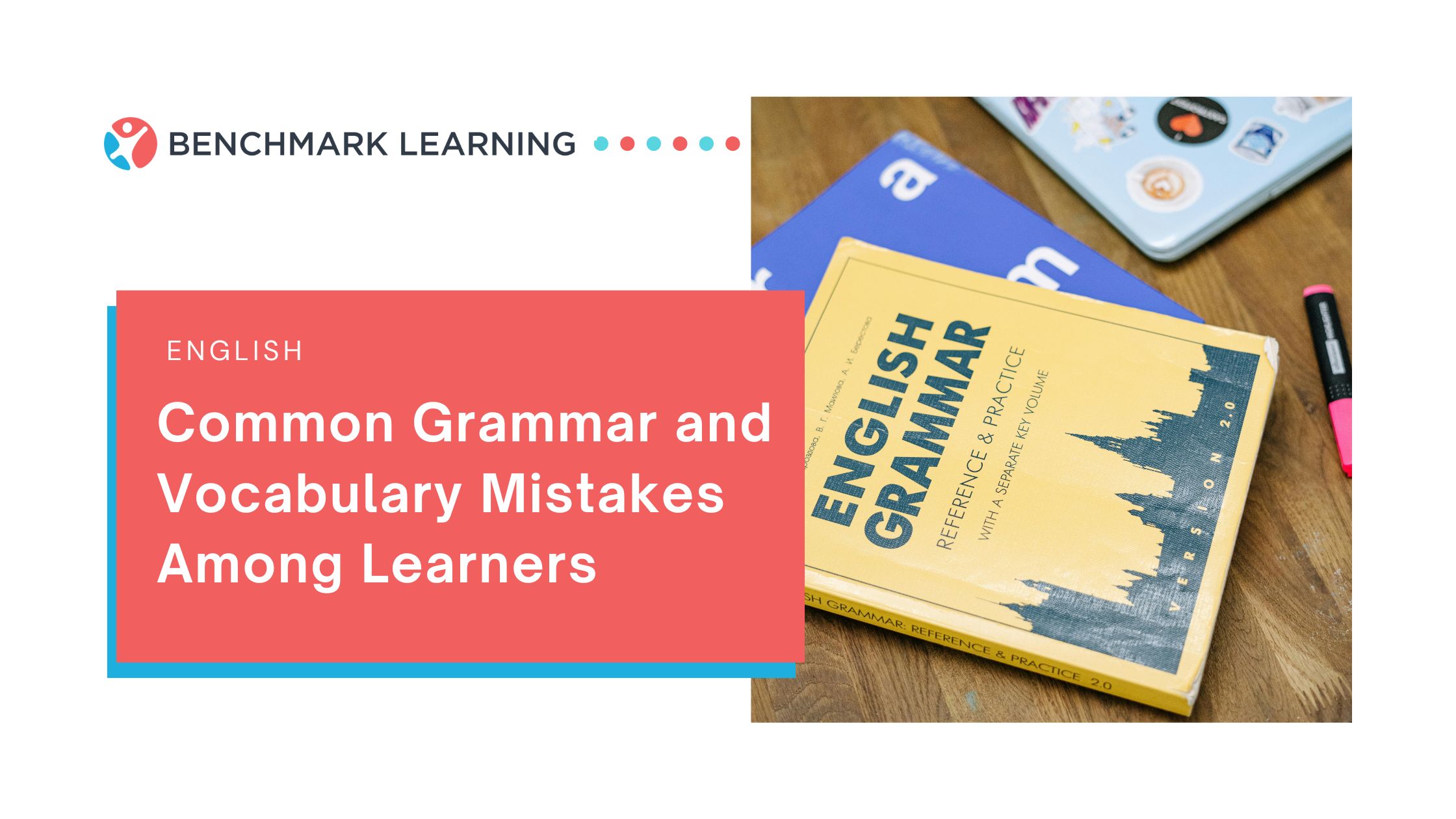
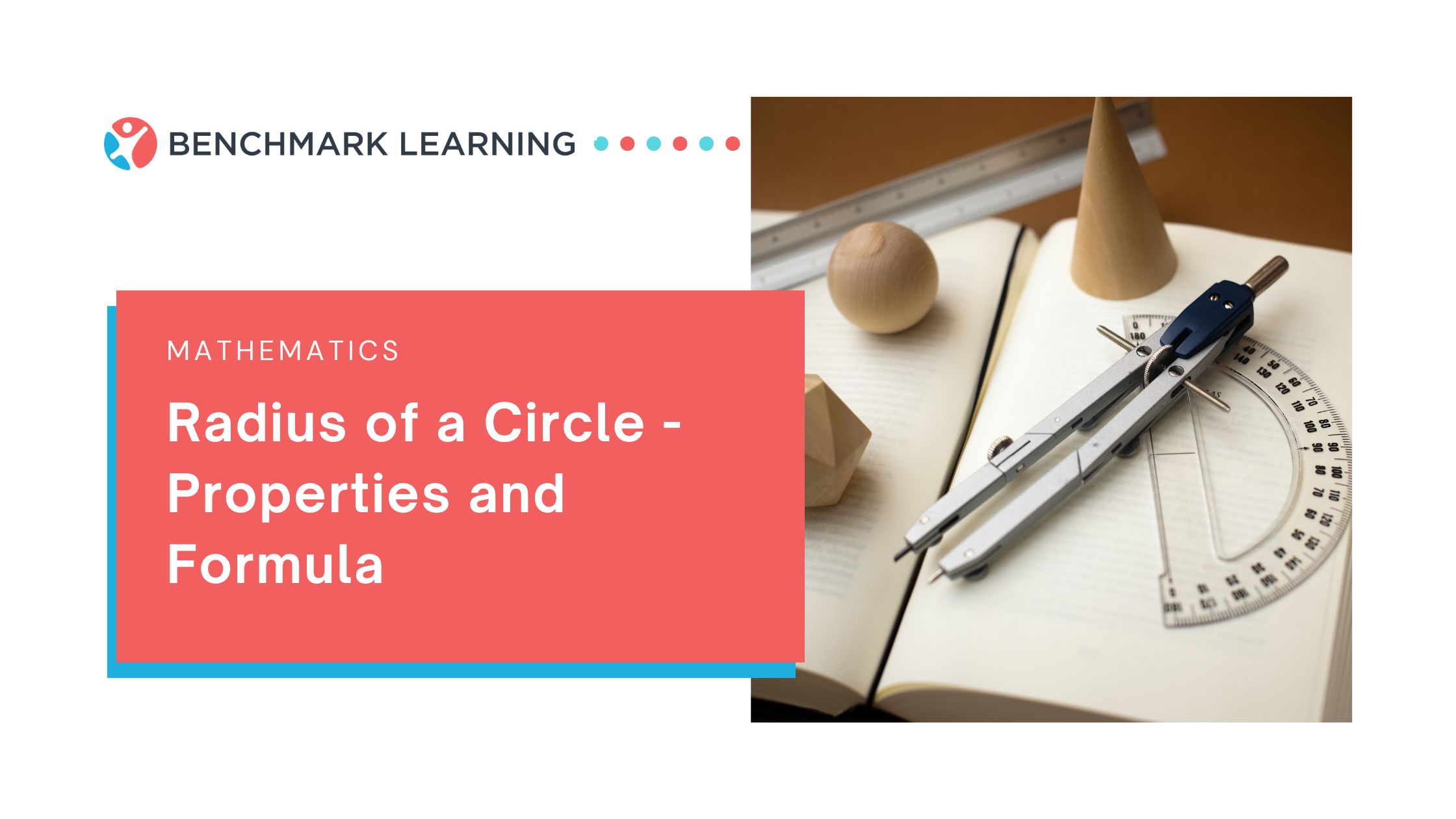


.jpg)
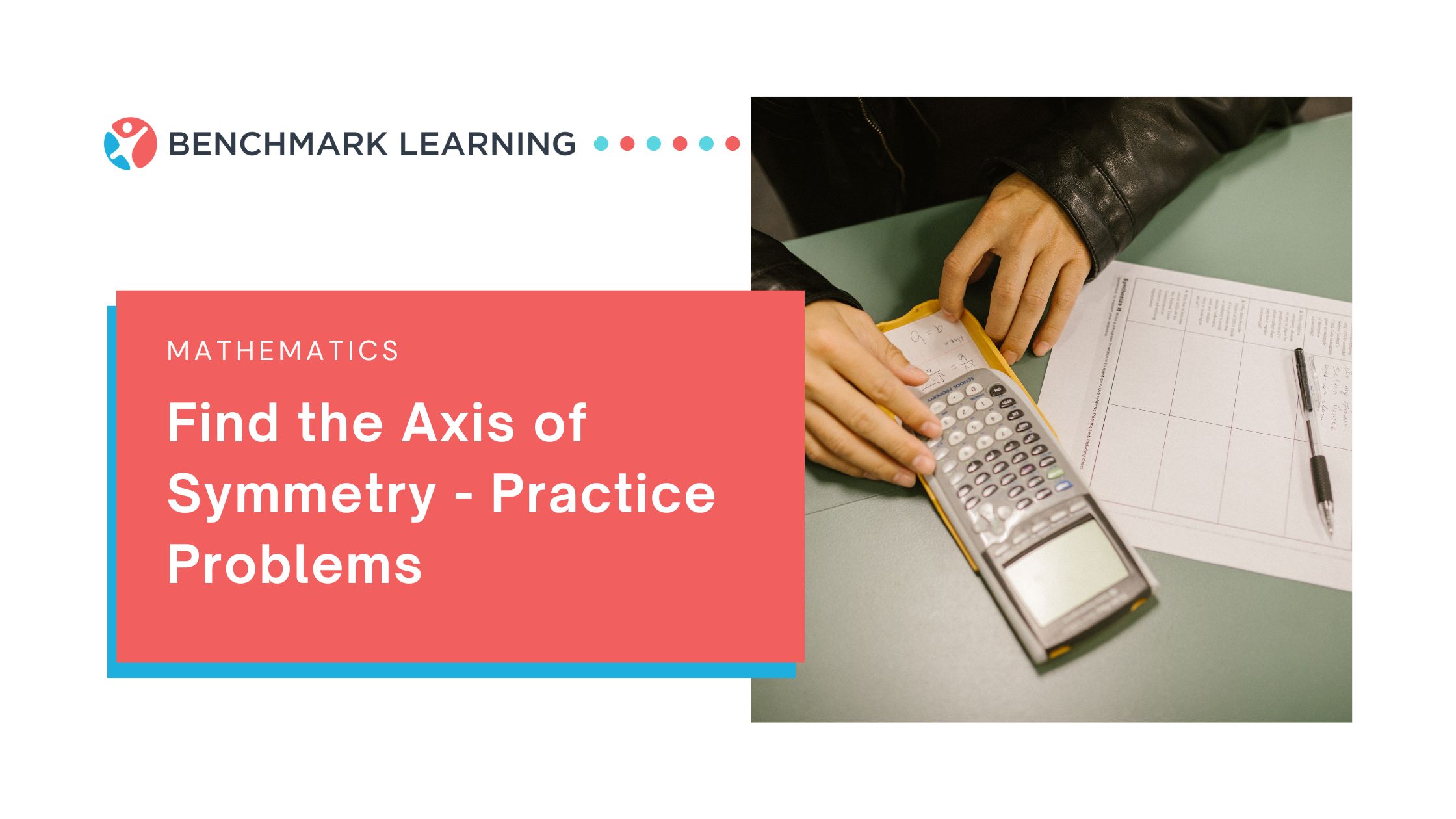


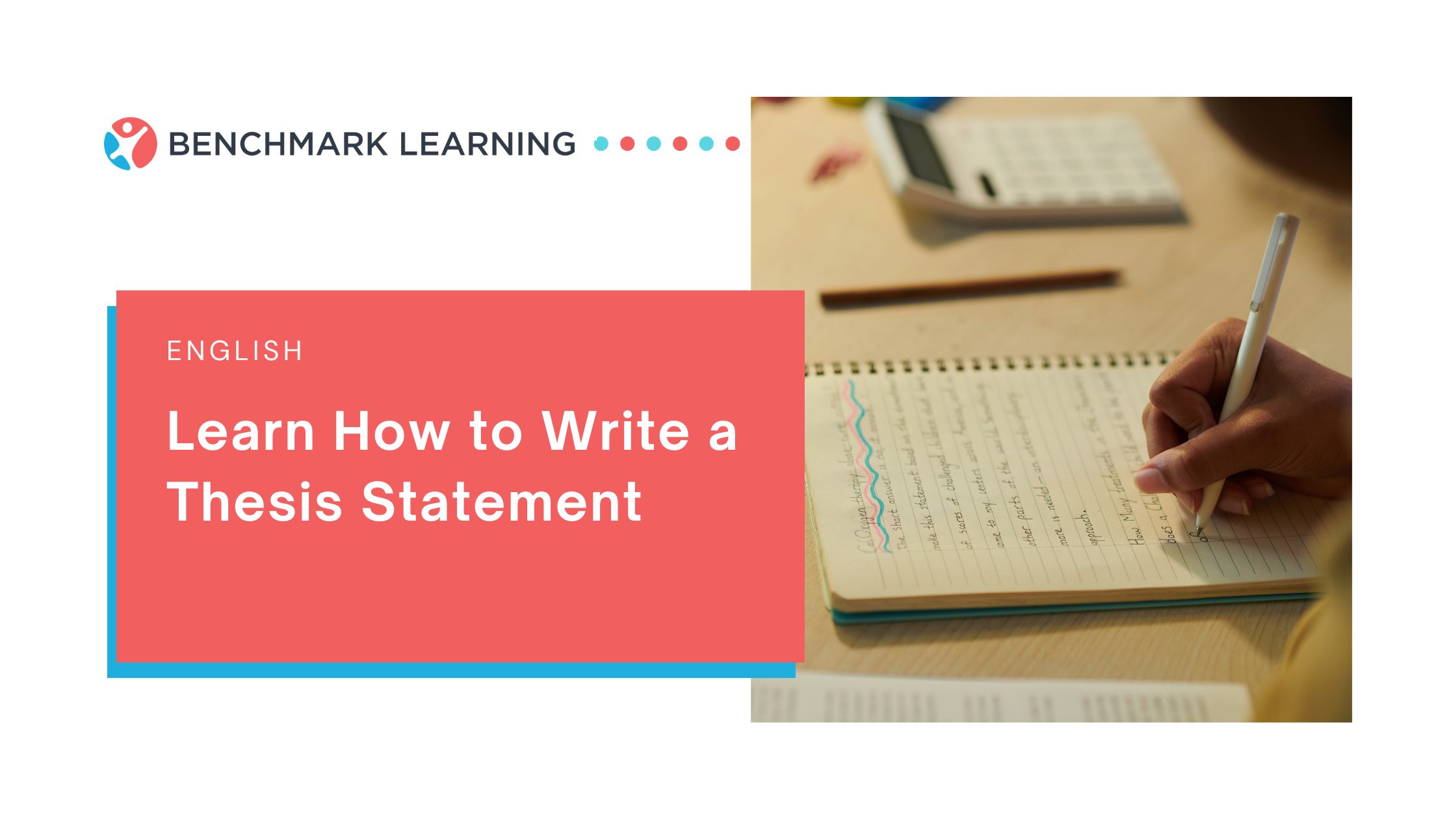
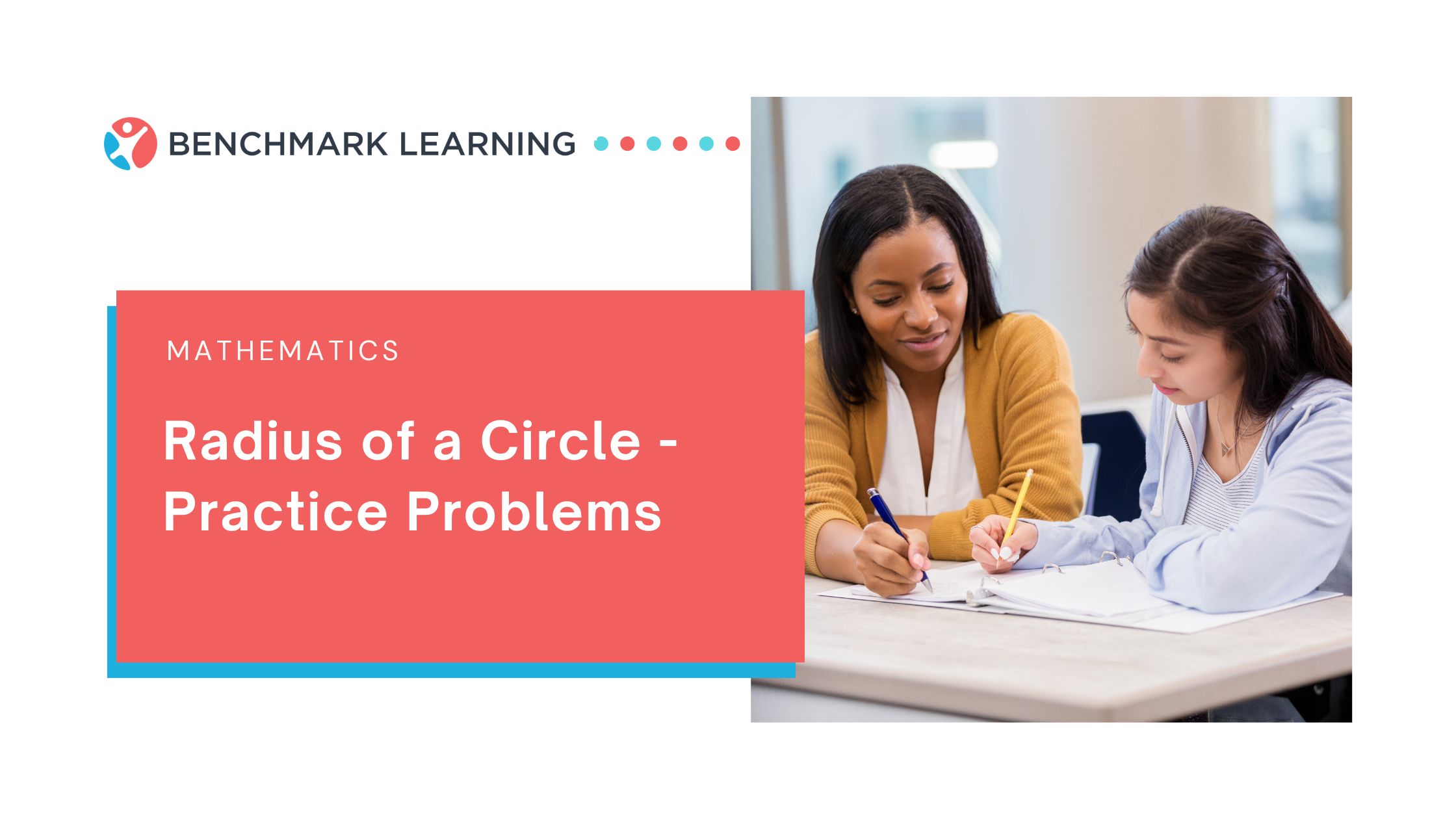
.png)
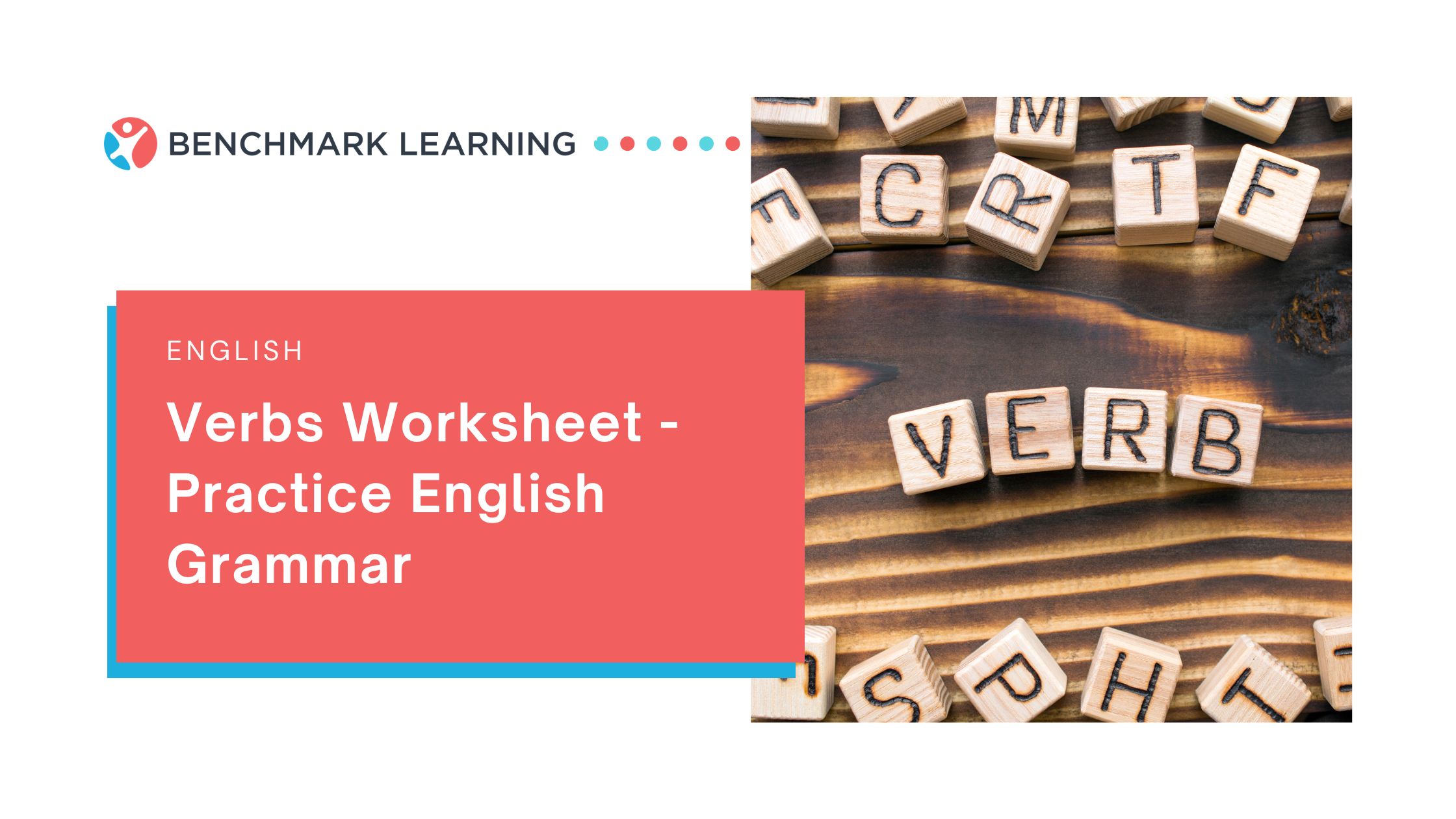


%20-%20Thumbnail.png)
.png)
